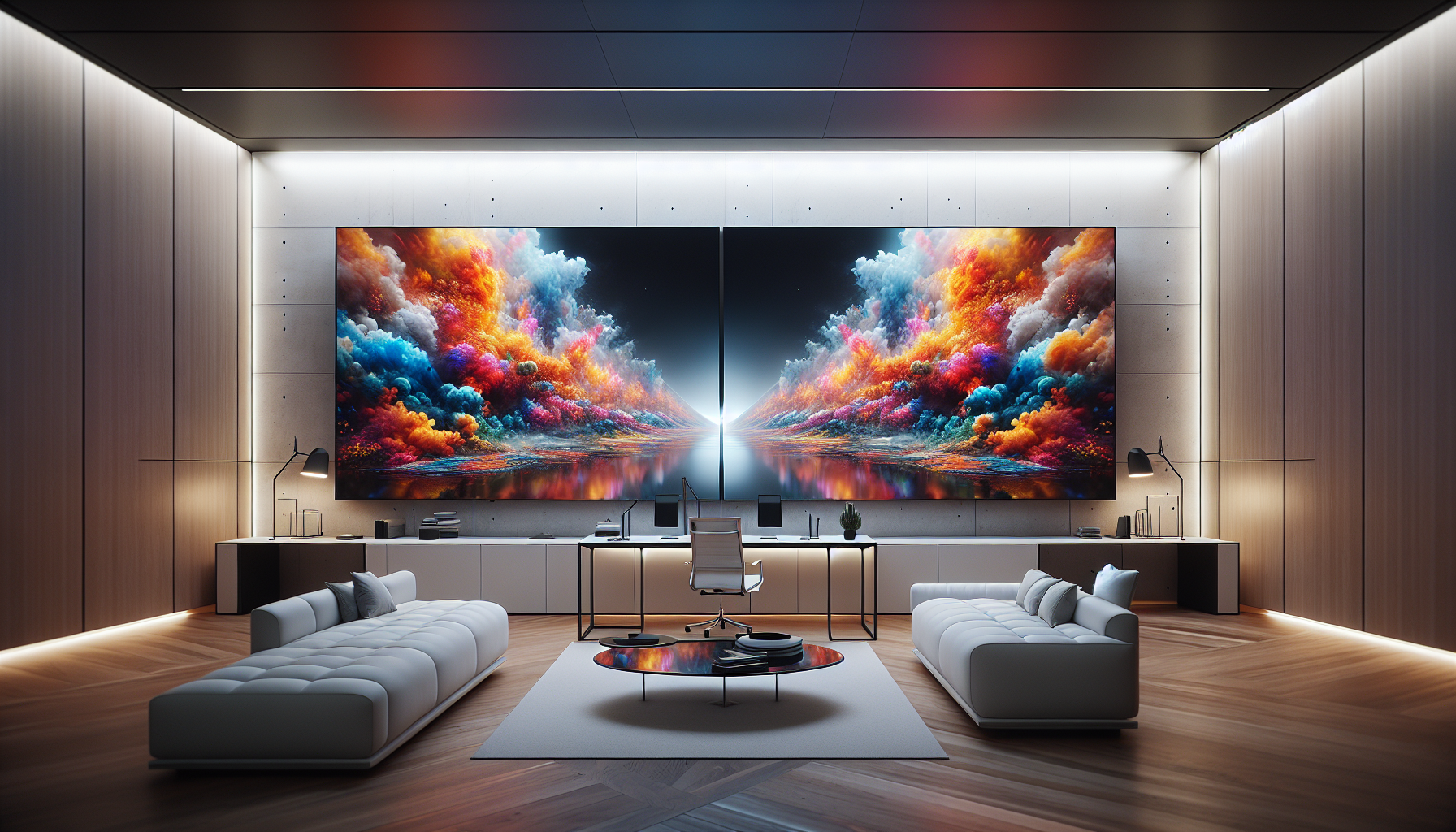Menu
Logo

To set up dual TVs to display and synchronize content simultaneously, especially for cycling through multiple web pages with Chromium, you can use a Raspberry Pi to manage the display across two screens. This setup will involve configuring the Raspberry Pi to use both outputs (if available, such as HDMI and DSI, or using an HDMI splitter if only one output is available), and setting up the browser to display web pages across both screens. Here’s a step-by-step guide to achieve this:
sudo apt-get update
sudo apt-get upgrade
/boot/config.txt file: sudo nano /boot/config.txt
Add or uncomment the following lines:
# For two monitors as one display
framebuffer_width=3840
framebuffer_height=1080
Adjust the resolution as needed for your monitors.
sudo apt install chromium-browser
chromium-browser --kiosk --window-size=3840,1080 --window-position=0,0 http://yourwebsite.com
Replace http://yourwebsite.com with the URL you want to display.
crontab -e
@reboot chromium-browser --kiosk --window-size=3840,1080 --window-position=0,0 http://yourwebsite.com
Save and exit.
This setup should allow you to use dual TVs to display and synchronize content, splitting a webpage across the two screens to show the entire site at once. Adjustments might be needed based on the exact specifications and capabilities of your hardware.